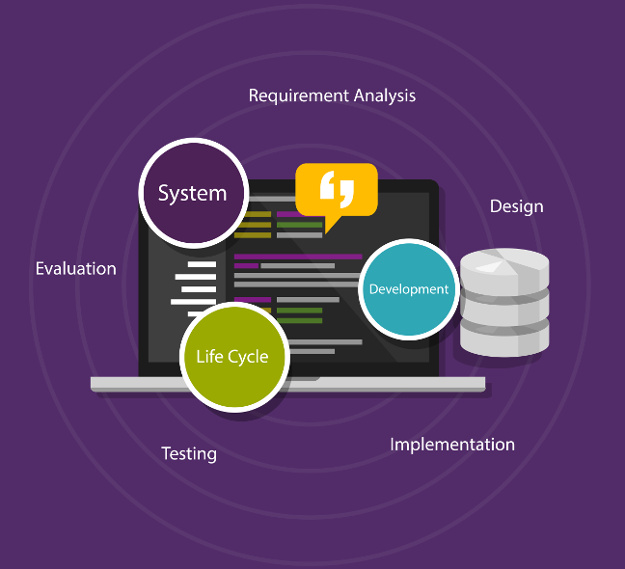The increase in data and information has directly increased the risk of data or information being hacked for further purpose. The hackers have evolved from zero to a place where every single information in the web is hackable. Since this evolution, the businesses are now forced to consider a security measure for every product they develop. The Web and mobile apps development company is no bar from this list as the world is expecting on-the-go solutions for almost everything. In simple words, our world is not all about software as it has many web and mobile applications. The software development lifecycle (SDLC) is essential for every web and mobile application development.
Reading this article will help you know about,
Software development lifecycle is a process to ensure proper, and quality software or application is built. This lifecycle is divided into phases which have its process and deliverables that go in as the input feed to the next phase. In simple words, SDLC is a framework that defines the task performed in each step of the software development process. The methodologies might vary across industries, but the standards remain as per the ISO/IEC 12207. This process provides a model for the development, acquisition, and deployment of the software system.

The primary benefit of the software development lifecycle process is to help the developers produce software or application that is efficient, cost effective and high in quality. SDLC primarily helps in the proper deployment of the developed product. With the end-to-end stature in consideration, SDLC is divided into the following categories:
Microsoft says that businesses need to understand the critical importance of secure software development as the hackers are becoming smart. The principal security group program manager of Microsoft said, “Businesses need to look at their reliance on software and consider the importance of secure development to their organization and customers.” The past was little different as the security process was carried out only in the testing phase which resulted in the increase in the number of issues. The primary security challenges are listed below which derived the need for proactive SDLC through security:
It is better to integrate security process in every phase as this process might reduce the increase in the vulnerabilities. This is where then the concept of a secure SLDC arose. A secure SLDC is a process to ensure security activities like architecture analysis, code review, and penetration testing is carried out as an integral part of the development effort. The advantages of deploying a secure SDLC are:
A secure software development lifecycle is carried out by adding security related activities to the existed development process. There are many proposed secure SDLC model and here are some of the top models used by most of the web and mobile apps development companies and software development companies:
The world is in the technological dimension where almost everything is happening with the help of technology. For example, people are seeking data and information from the web or the mobile app that they use. Since the change is happening now, the web and mobile apps development companies are forced to get into a development model where every phase is necessary to be secured with a security process. This is the primary reason why the organization is pushed to follow a secure software development lifecycle (SSDLC).
To get started with SSDLC, the organizations’ management has to perform a strategic approach which helps in more significant impact. Here is how to get started: